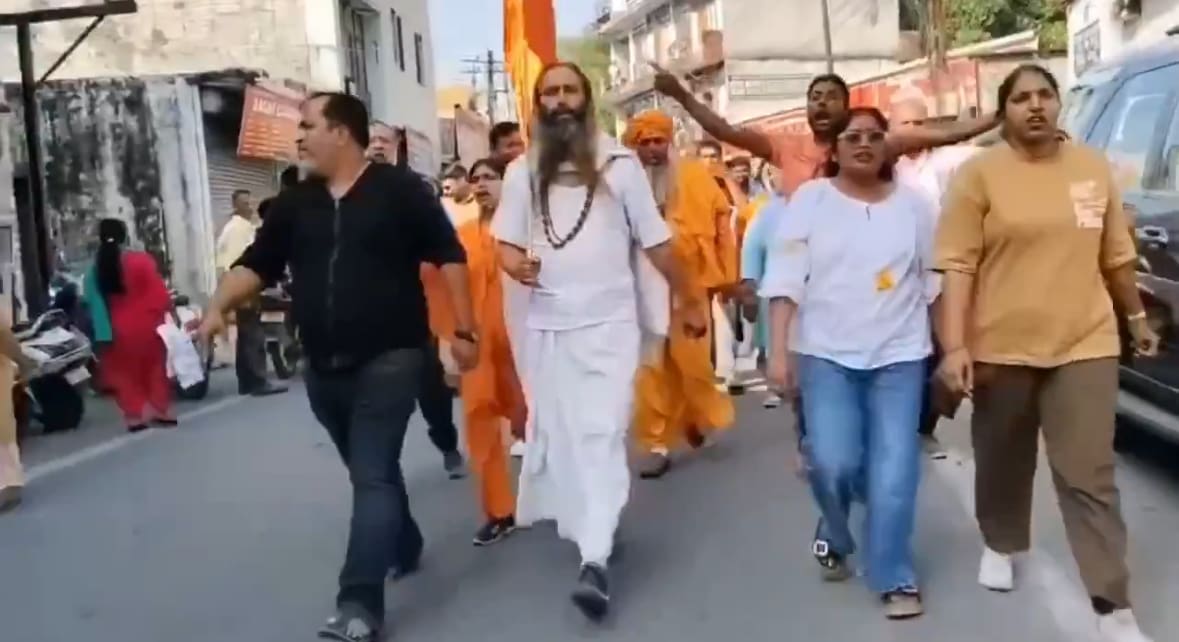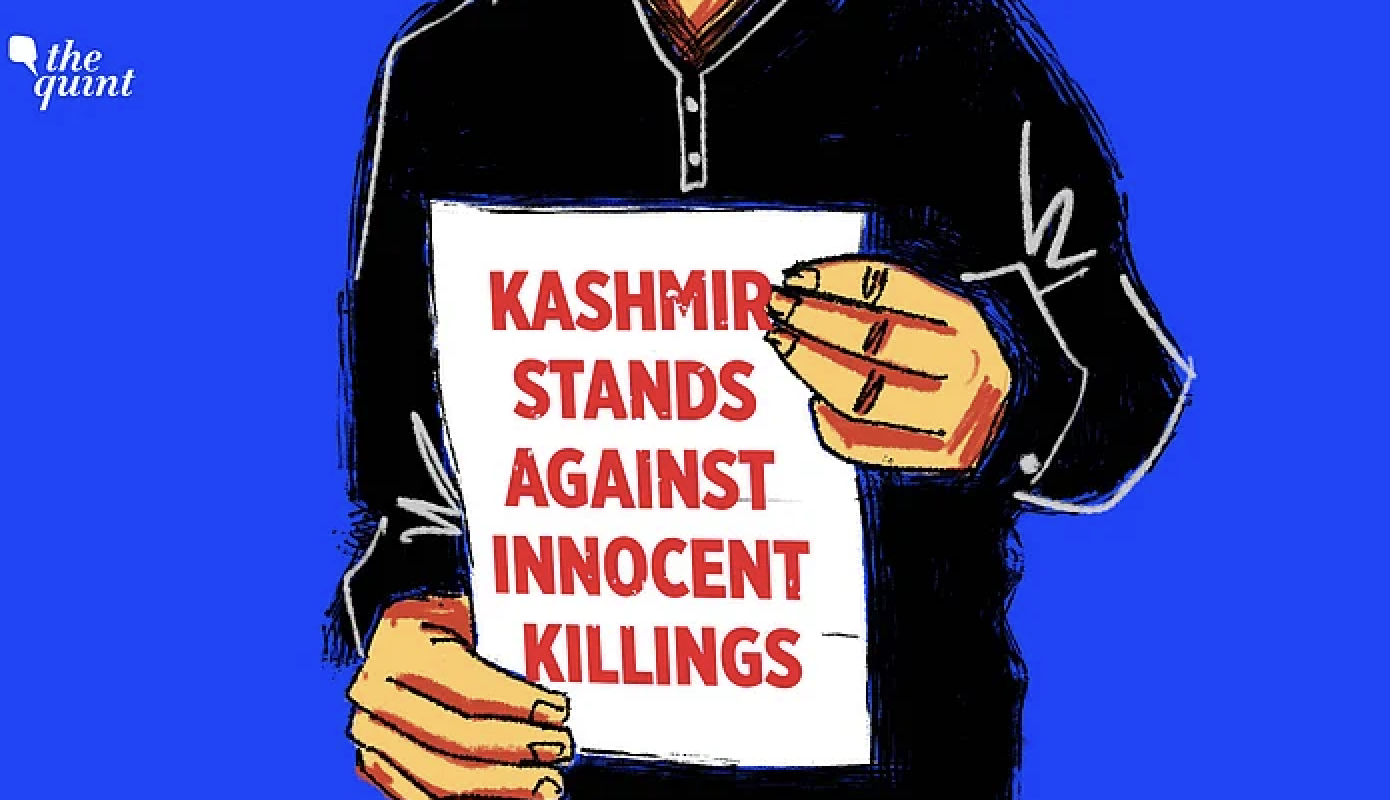REBELLION against the secularist dogmas have broken out in many forms and in many places in the world. Some components of the environmental movement have mounted a savage attack on the secular worldview, the Christian church has helped to bring down the secular communist regimes in East Europe; religious leaders have played a significant role in the battle against autocracies in South Africa, Iran, Philippines, and in many. South American polities, and the growing concern with the survival of’ cultures and dialogue of faiths has made religion as a pathway to the rediscovery of practical ethics in politics.
Sinking Secularism
The decline of secularism in India has been accompanied by less admirable results. The language of secularism here has been taken over by hard-eyed, thin-lipped practitioners of ethnic politics convinced that it will give them respectability and access to state power. However, the decline has also opened up one serious possibility. Hinduism and Hindutva now stand face to face, not yet ready to confront each other, but aware that the confrontation will have to come some day. It is my belief that it will be a struggle unto death.
Speaking pessimistically, Hindutva will be the end of Hinduism. Hinduism is the faith by which a majority of Indians still live. Hindutva is the ideology of a part of the upper-caste, lower-middle class Indians, though it has now spread to large parts of the urban middle classes. The ideology is an attack on Hinduism and an attempt to protect the flanks of a minority consciousness which the democratic process is threatening to corner.
The minority consciousness that Hindutva protects survives on anger. It is the anger of Indians who have uprooted themselves from their traditions, seduced by the promises offered by the modernization of indict, and who now feel abandoned. The process of seduction has included not only the promise of a good life but also the promise of a special political role for those having modern education and modern professional skills. With the demise of imperialism, modernization in India–particularly that subcategory of it which goes by the name of development–has failed to keep the promises.
Hindutva on this plane is the ideology of a section of the lower-middle class, living with the burning ambition of breaking into the upper echelons of modern India and yet fearful that they may be pushed into the ranks of the urban proletariat by the upper classes, not on ground substance, but of “style”. For the believers in Hindutva , the pseudo – secularists represent those who have the style and now doing the pushing; the Muslims represent the fear of being proletarianised. Hence, the hostility to both. On this plane, the sources of Hindutva are no different from that of Islamic fundamentalism.
Hindutva, if it wins, might make Nepal the world’s largest Hindu country. Hinduism will then survive not as a way of life or the faith of a majority of Indians. It will survive in pockets, cut off from the majority who will claim to live by it. It will also perhaps survive in odd places, outside Hinduism. Perhaps directly in Bali and some sections of the Sikhs and the Jains in India; less directly in aspects of Thai and Sri Lankan Buddhism, in the pre-imperial forms of Christianity in South India and, to the utter chagrin of many, in many strands of South Asian Islam.
That death of Hinduism in India will be celebrated by all votaries of Hindutva. For they have always been embarrassed and felt humiliated by Hinduism as it is. Hinduism, I repeat, is a faith and a way of life. Hindutva is an ideology for those whose Hinduism has worn off. Hindutva is built on the tenets of re-formed Hinduism of the nineteenth century. Reformed according to the reading of those who saw Hinduism as inferior to the Semitic creeds, in turn seen as well-bounded, monolithic, well-organized, masculine, and capable of sustaining the ideology of an imperial state.
Last Kick
Hindutva at this plane is Western imperialism’s last frenzied kick at Hinduism. It is an ideology meant for the super-market of global mass culture where all religions are available in their consumable forms, neatly packaged for the buyers.
Speaking optimistically Hindutva has its geographical limits. It cannot spread easily beyond the boundaries of urban, semi-westernized India. It cannot penetrate southern India where Hinduism is more resilient, where it is more difficult to project on to the Muslim the feared and unacceptable parts of one’s own self. Hindutva cannot survive for long even in rural north India where Hinduism is more self-confident and the citizens have not been fully brainwashed by the media to speak only the language of the state. Nor can it survive where the Hindus are willing to be themselves–proudly “backward” superstitious sanatanis rooted firmly in their svadharma and svabhava.
That is why the RSS considers its first task to be moral and physical “improvement” of the Hindus. It does not much like the so-called fallen, compromised Hindus presently available in the back-waters of Mother India. It loves only the Hindus who have been dead for at least one thousand years. If the RSS has its way, it will make every peasant in India wear khaki shorts. For its ideal Indian is the brown- skinned version of the colonial police sergeant, reading the Gita instead of the Bible.
That is why the late Nathuram Godse did not kill the modernist and “pseudo- secular” Jawaharlal Nehru but the ‘arch-reactionary’, ‘anti-national’ sanatani — Mohandas Karamchand Gandhi. After the murder, Nehru could only say that the killer was insane. The modernist Prime Minister found it too painful to confront the truth that Godse was sane, that he knew who was the real enemy of Hindutva.
To those who live in Hinduism Hindutva is one of those pathologies which periodically afflict a faith or a way of life, Hinduism has, over the centuries, handled many such pathologies; it still retains the capacity to handle one more. After all, has not the Hinduism coped for more than a century with the modern civilization, which Gandhi, used to call satanic? Hinduism, the argument goes, will eat up Hindutva once a sizable section of the semimodernized Hindus gives up as a lost cause the pathetic search for a psychological defense against the encroaching forces of the market the national security state, and the urban-industrial vision and, instead, confront the reality of these forces directly.
Whether you are a pessimist or an optimist, the choice is clear if you happen to live in India. It does not lie in a glib secularism hoping to supplant ancient faiths. It lies in alliance with formations that have risen in rebellion against the social forces and the ideologies of dominance that have spawned
Hindutva in the first place.
Many of these formations cut across cultures, faiths and state boundaries. The struggle for cultural survival has begun not only in India, but all over the world. In every case, it has also faced a sizable opinion within the community that the struggle must be given up, that pragmatism demands that the culture must adjust to the modern world by giving up its essence to become a part of global mass culture. However, cultures are turning out to be less obedient and docile than many social engineers thought.
Natural Death
Perhaps Hindutva too will die a natural death. But, then, many things that die in the colder climes in the course of a single winter survive in the tropics for years. May be the death of Hindutva will not be as natural as that of some other ideologies. Maybe, post-Gandhian Hinduism will have to take advantage of the democratic process to help Hindutva to die a slightly unnatural death. Perhaps that euthanasia will be called politics.
Taken from: Times of India, February 18, 1991.






